When planning your garden, it’s easy to get drawn to the latest trendy plants. However, there’s something incredibly satisfying about plants that not only survive but thrive for generations. These long-lasting plants are often overlooked, yet they hold a timeless appeal and provide a stable, enduring presence in your outdoor space. Whether you’re cultivating a legacy garden to be passed down or just want low-maintenance beauty that lasts, the plants on this list will stand the test of time, often becoming the foundation of your landscape.
From perennials that return year after year to trees that grow strong and resilient, these plants add depth, texture, and color without the need for frequent replanting. Some even improve the soil around them, making them a wise choice for eco-conscious gardeners. Ready to build a garden that can be enjoyed by future generations? These 24 plants are the perfect start.
Peony
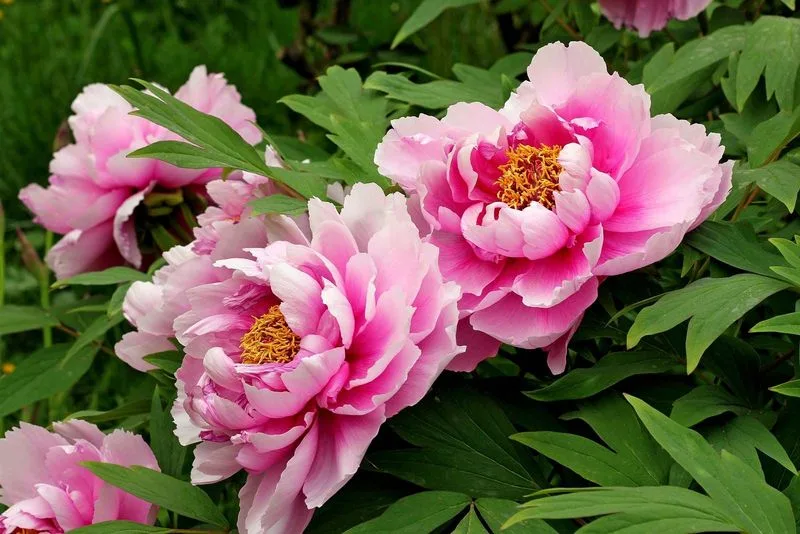
Known for their large, fragrant blooms, peonies can thrive for decades with minimal care. They are perennials that become more robust as they mature. Established plants reward you with a showcase of blossoms each spring, often outlasting the gardener who planted them. These perennial marvels thrive best in temperate regions, requiring well-drained soil to flourish. For optimal blooming, ensure a spot with full sun to partial shade. Peonies prefer cold winters to develop their buds, so they might not fare well in warmer climates.
Rose
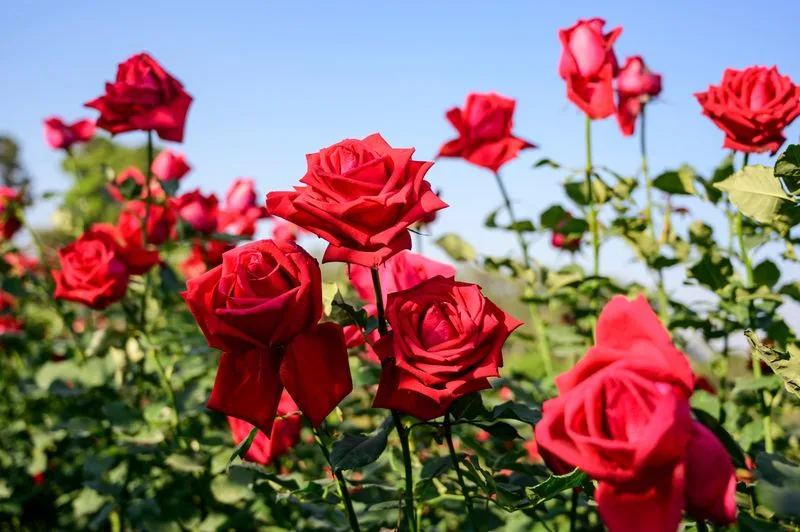
Roses are timeless classics that have adorned gardens for centuries. With the right care, these shrubs can last a lifetime. Roses offer a plethora of colors and forms, from climbing varieties to compact bushes. They thrive in sunny locations with well-drained soil, requiring regular pruning and fertilizing for optimal growth. Although roses need attention to thrive, the reward is a stunning display of blooms. Their enchanting fragrance can fill the garden air, making every stroll a sensory delight.
Lavender
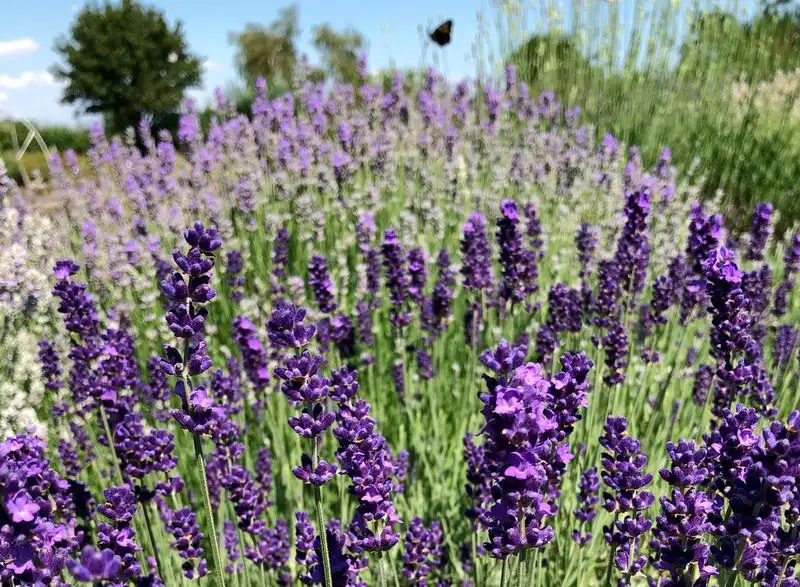
Lavender’s soothing fragrance and delicate purple flowers have made it a staple in gardens worldwide. Known for its drought resistance, lavender thrives in sunny, well-drained areas. This perennial plant not only beautifies but also attracts pollinators. Regular pruning after blooming keeps it in shape, ensuring a bounty of flowers year after year. Its aromatic qualities extend beyond aesthetics, offering uses in culinary and therapeutic applications, making it a versatile garden companion.
Hosta
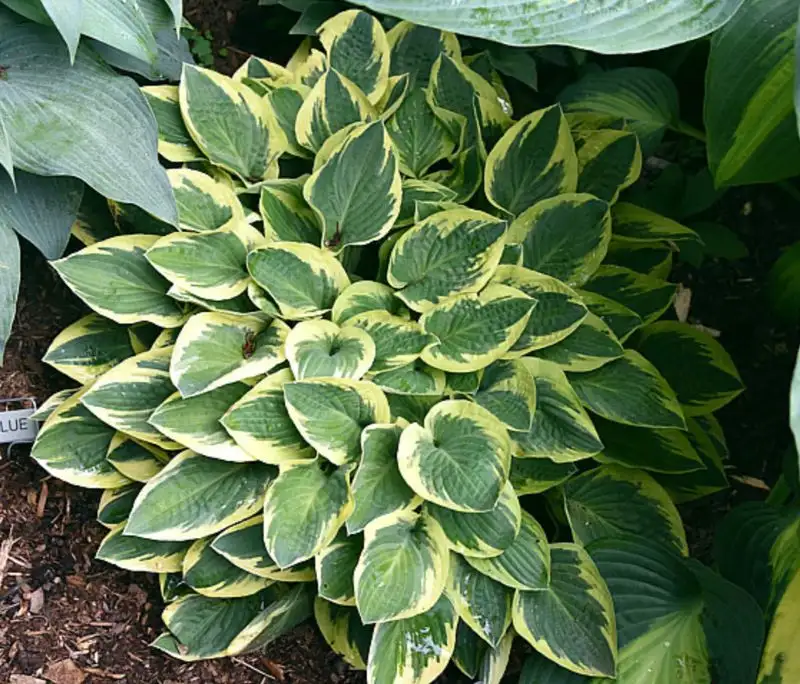
Hostas are renowned for their lush, leafy foliage and adaptability in shaded garden areas. Available in varied shapes, sizes, and shades of green, hostas are perfect for adding texture and depth. They thrive in rich, well-drained soil and benefit from regular watering. Although primarily known for their leaves, hostas also produce delicate purple or white flowers. As a low-maintenance perennial, they are a favorite among gardeners seeking timeless greenery.
Lilac
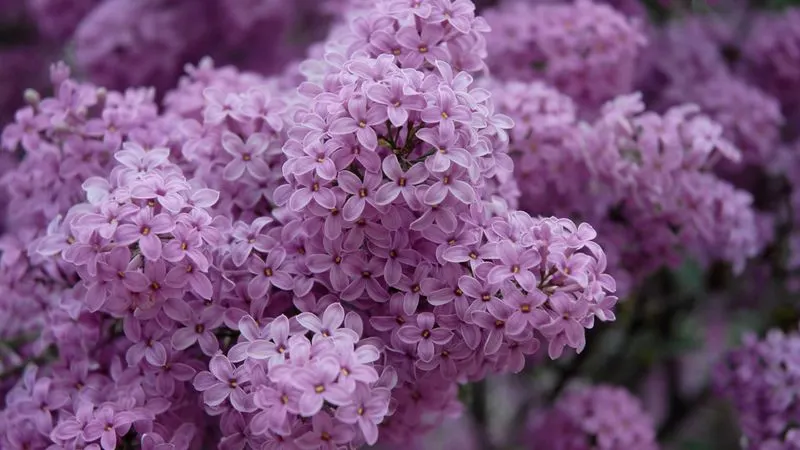
Lilacs bring a delightful fragrance and stunning clusters of flowers to any garden. These hardy shrubs can survive harsh winters, often living for decades if well cared for. To enjoy their full potential, plant them in sunny locations with well-drained soil. Regular pruning after flowering promotes growth and ensures a healthy structure. Lilacs are beloved for their captivating scent, making them a cherished addition to gardens everywhere.
Daylily
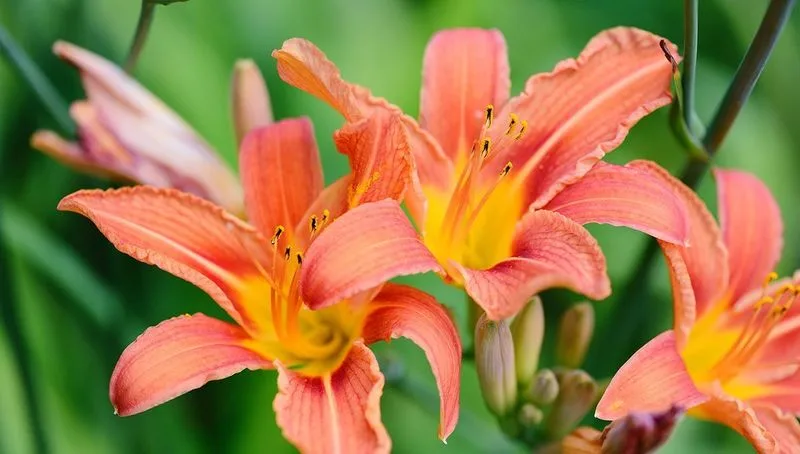
Daylilies are a gardener’s delight, offering vibrant blooms that return year after year. Each flower only lasts a day, but the plant produces many buds, providing continuous color. They adapt to various soil types and require minimal care once established. Plant them in sunny spots for the best results. With hybrid varieties available, the color options are almost limitless, allowing for a personalized garden palette. Daylilies are not only visually appealing but also resilient, making them a long-term garden investment.
Hydrangea
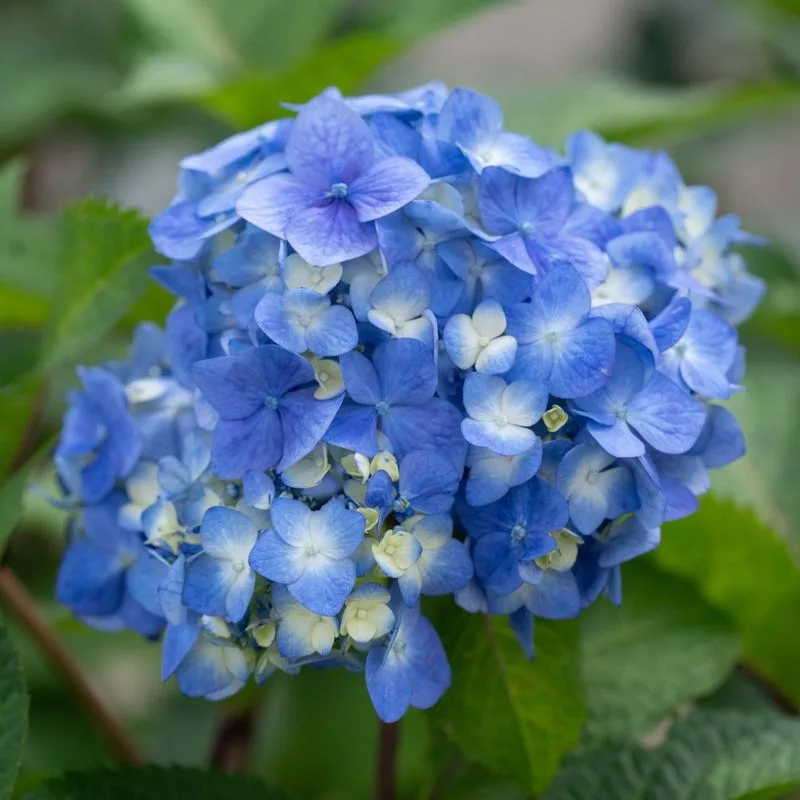
Hydrangeas are known for their large, colorful flower heads and versatility in the garden. By adjusting soil acidity, you can alter their bloom colors from pink to blue. They thrive in rich, well-drained soil and prefer morning sun with afternoon shade. Regular watering is essential to maintain their lush appearance. As shrubs, they offer a timeless charm, often becoming a garden focal point. Their long-lasting blooms make hydrangeas a favored choice for both fresh and dried floral arrangements.
Wisteria

Wisteria is famed for its cascading clusters of flowers that create a stunning visual display. These vigorous climbers need sturdy support and ample space to grow. With proper care, wisteria can grace your garden for many years. They require full sun and well-drained soil to produce their iconic blooms. Pruning is key to managing their growth and promoting flowers. When planted thoughtfully, wisteria transforms garden spaces into magical retreats, offering a spectacular sight every spring.
Japanese Maple
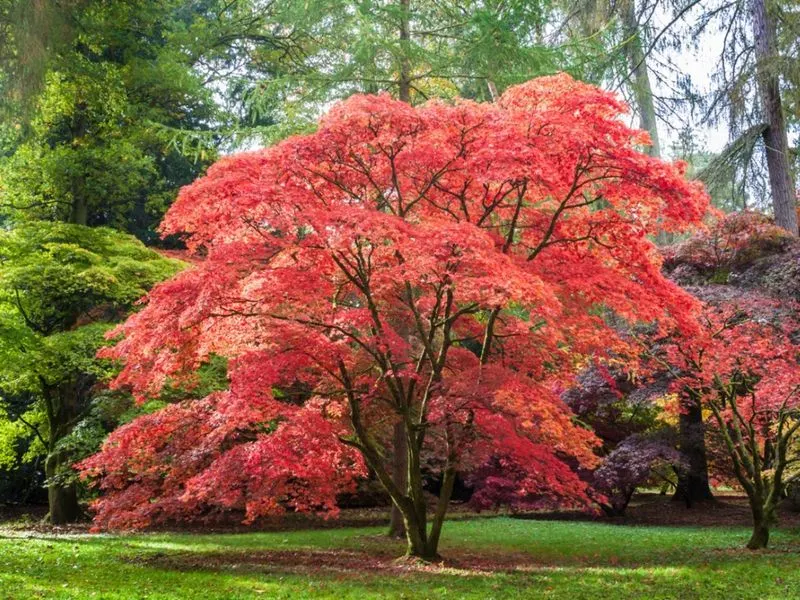
Japanese maples are cherished for their elegant leaves and stunning fall colors. These trees are smaller in stature, making them ideal for gardens of any size. They thrive in well-drained soil with some protection from harsh afternoon sun. Regular watering is important, especially in dry spells. Their delicate foliage provides year-round interest, with colors ranging from deep green to fiery red. Japanese maples are not just a plant choice but an artistic statement in any garden.
Clematis
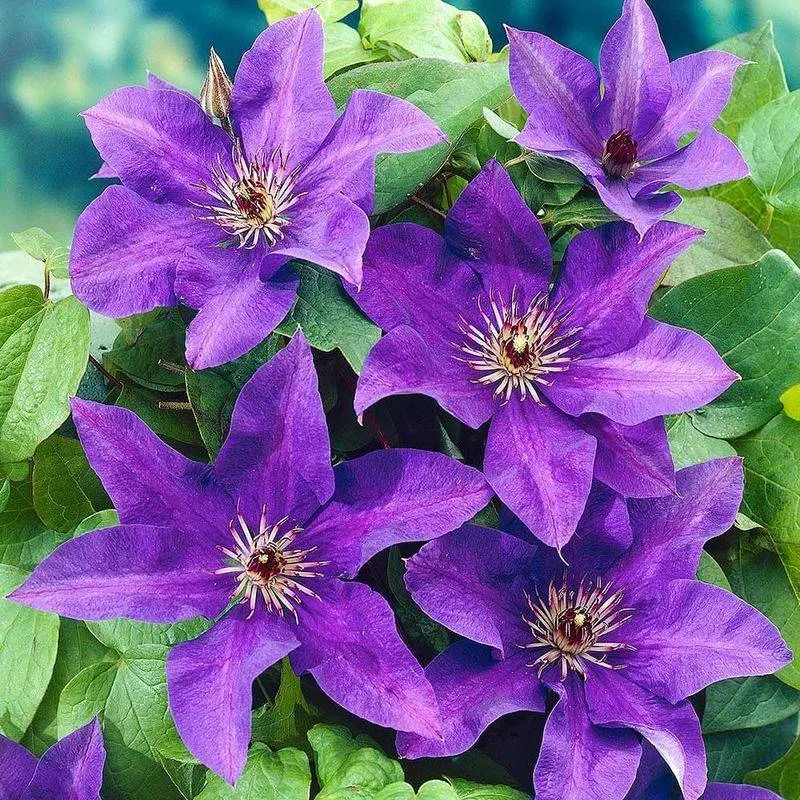
Clematis vines are a popular choice for adding vertical interest and vibrant color. They produce large, star-shaped flowers in a variety of hues. These climbers prefer sunny locations with their roots shaded, often requiring a trellis or support. With numerous varieties available, clematis can bloom at different times, offering extended periods of beauty. Pruning is essential to maintain their shape and encourage new growth. Their striking presence transforms fences and walls into living tapestries.
Sage
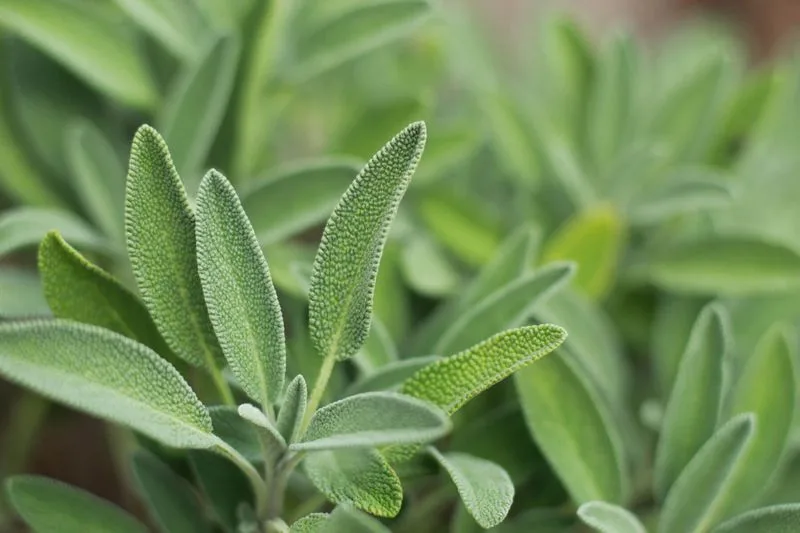
Sage is a hardy herb, valued for its culinary and medicinal properties. This perennial thrives in sunny, well-drained locations and requires little maintenance. Sage’s silvery-green leaves add texture, while its blue to purple flowers attract pollinators. Regular harvesting encourages bushier growth and prolongs its life. Sage is not only a kitchen staple but also a resilient garden plant, offering both beauty and utility. Its aromatic leaves are a delightful addition to any herb collection.
Boxwood
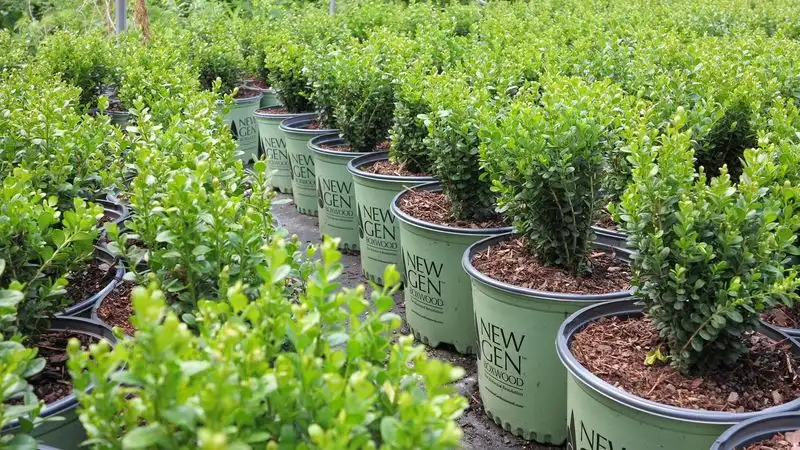
Boxwood shrubs are the cornerstone of formal gardens, known for their dense, evergreen foliage. These versatile plants can be shaped into hedges, topiaries, or standalone features. They thrive in well-drained soil and tolerate a variety of light conditions. Regular trimming keeps them in shape, ensuring a tidy appearance. Boxwoods are hardy and long-lived, often serving as the living framework of garden designs. Their classic look and adaptability make them a go-to choice for many gardens.
Iris
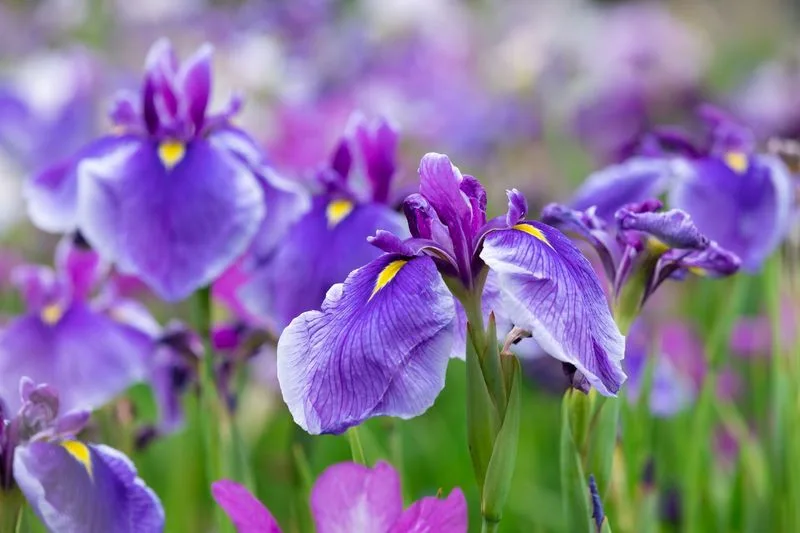
Iris plants offer striking flowers with a unique structure, adding beauty to any garden. Available in a wide range of colors, they are often used to create vibrant displays. Irises prefer well-drained soil and full sun, blooming in late spring to early summer. Dividing irises every few years encourages healthy growth and more blooms. These perennial beauties are both elegant and robust, providing a splash of color that returns annually. They encapsulate the delicate artistry of nature.
Holly
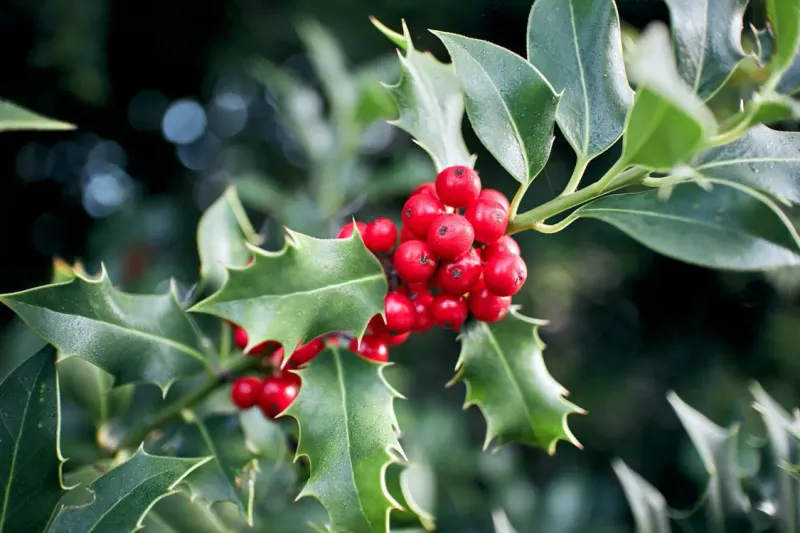
Holly bushes are celebrated for their glossy leaves and vibrant red berries, often associated with festive cheer. These evergreen shrubs are hardy and can thrive in various climates. They prefer well-drained soil and full sun to partial shade. Holly adds year-round interest, with the berries providing food for wildlife. To ensure berry production, plant both male and female plants. Their robust nature and decorative appeal make hollies a cherished element in garden landscapes.
Sedum
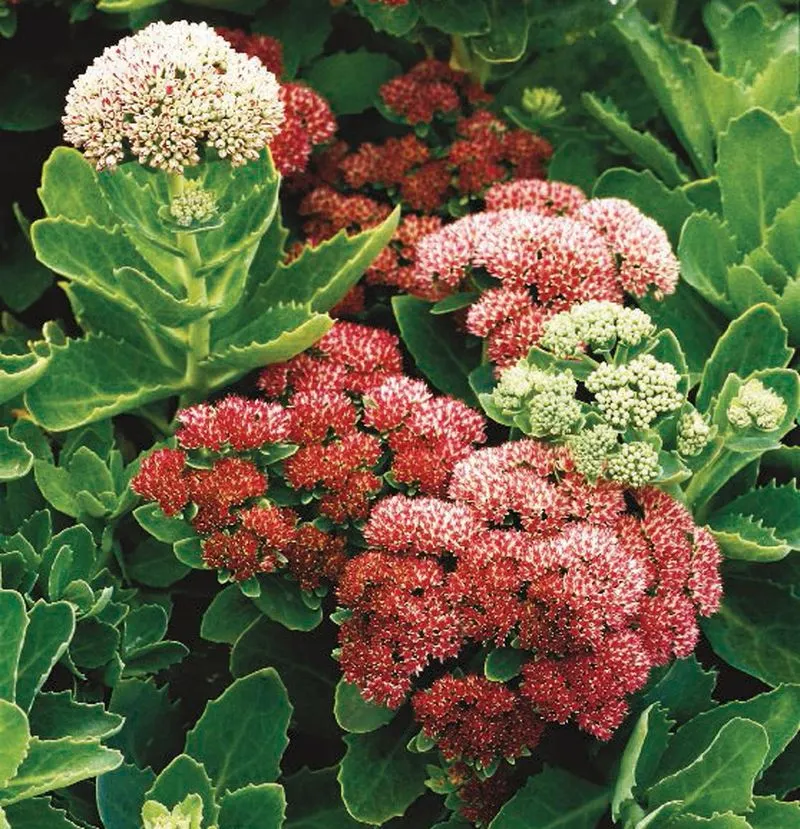
Sedum, or stonecrop, is a succulent that excels in sunny, dry conditions. Known for their fleshy leaves and star-shaped flowers, they add texture and color to rock gardens. Sedum requires minimal care, making them ideal for low-maintenance gardens. They are drought-tolerant and can survive in poor soil, thriving where other plants might struggle. These resilient plants are perfect for borders, containers, or ground cover. Their unique appearance and hardiness make them a gardener’s favorite.
Ferns
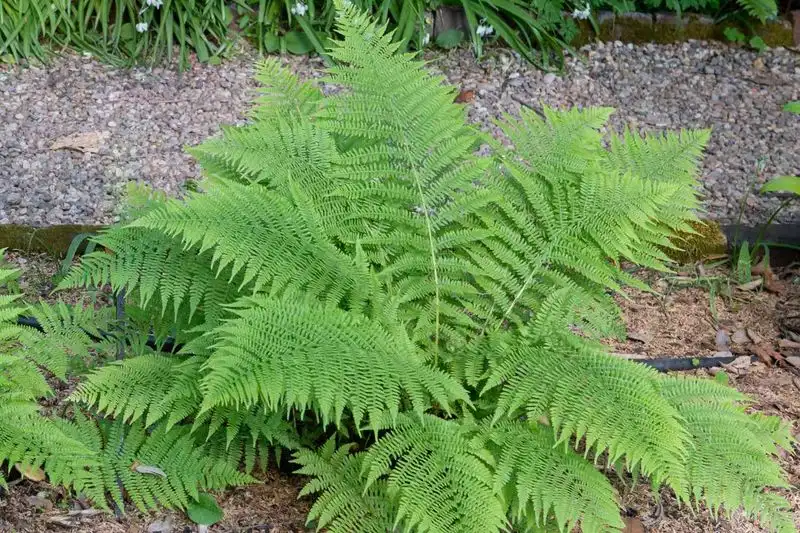
Ferns provide lush greenery and texture, thriving in shady, moist environments. These ancient plants are available in numerous species, each offering unique foliage patterns. Ferns prefer well-drained, rich soil and consistent moisture. They are excellent for adding depth and contrast to shaded areas, often used in woodland or tropical garden settings. With minimal care, ferns can create a tranquil, verdant retreat. Their timeless appeal and adaptability make them a staple in many gardens.
Azalea
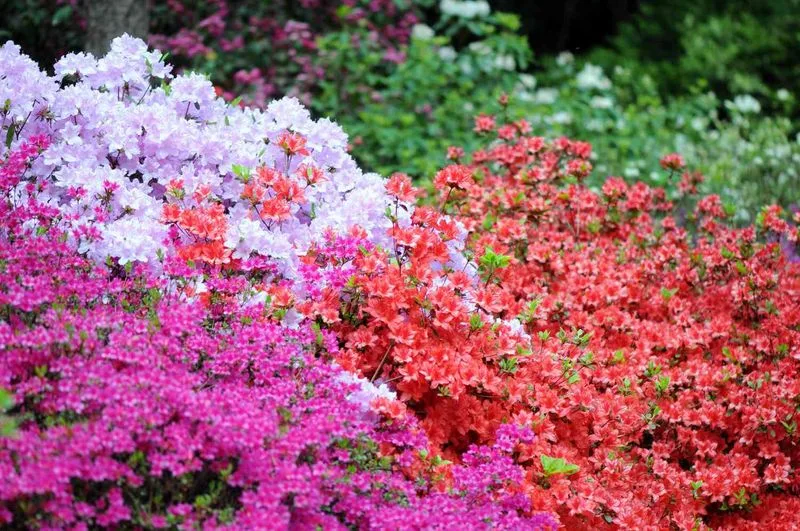
Azaleas are known for their stunning, vibrant blooms that create a dramatic garden display. These shrubs prefer acidic, well-drained soil and partial shade. Azaleas require regular watering, especially during dry spells, to maintain their health and flower production. With a variety of colors and forms, they can fit into any garden style. Regular pruning after flowering keeps them in shape. Azaleas offer a burst of color in spring and early summer, becoming a garden feature that captivates every year.
Magnolia
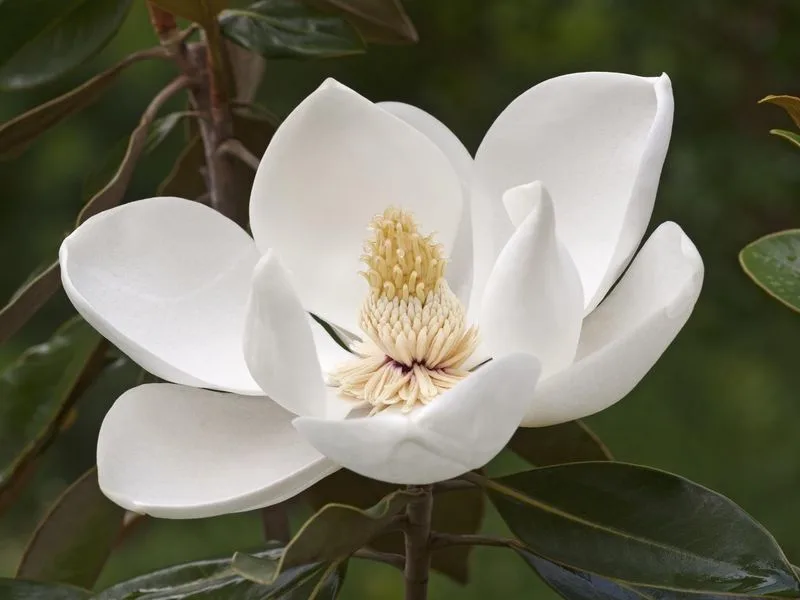
Magnolias are known for their large, fragrant flowers and glossy leaves. These trees are often the centerpiece of a garden, offering stunning blooms in spring. They prefer well-drained soil and full sun to partial shade. Magnolias require space to grow, developing into majestic, long-lived trees. Their spectacular flowers and overall grandeur make them a beloved choice for gardeners. With a variety of species available, magnolias can be tailored to different garden needs, providing beauty for generations.
Bee Balm
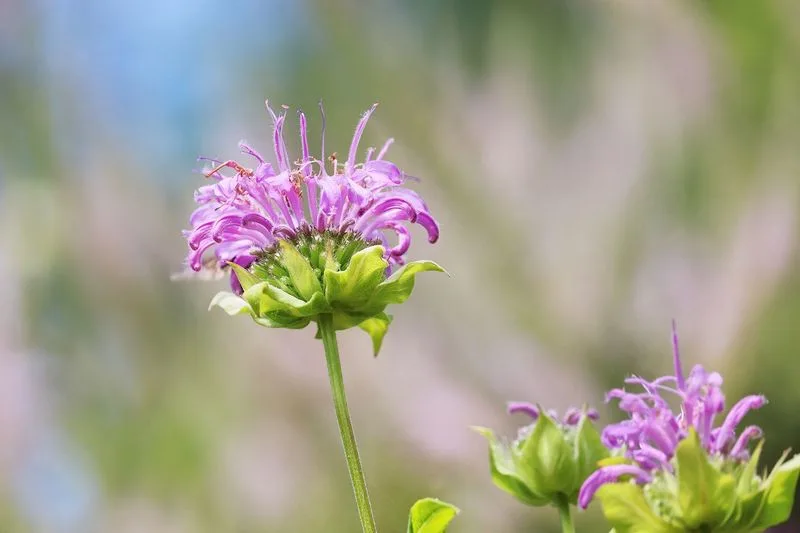
Bee balm is a vibrant perennial that attracts pollinators with its striking red or purple flowers. Known for its aromatic leaves, bee balm prefers sunny locations with rich, moist soil. It is a member of the mint family and spreads easily, making it suitable for filling garden spaces. Regular deadheading prolongs its blooming period, ensuring a display of color throughout the summer. Bee balm is a versatile plant, offering both visual appeal and ecological benefits by supporting bees and butterflies.
Forsythia
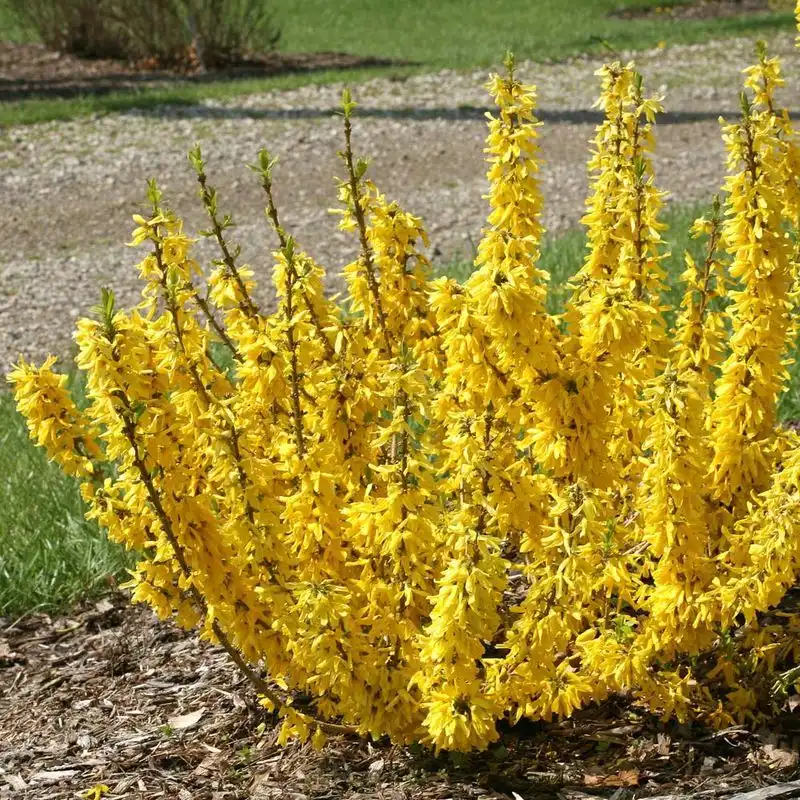
Forsythia is a herald of spring, with its bright yellow flowers appearing before the leaves. This deciduous shrub thrives in sunny locations with well-drained soil. Forsythia’s rapid growth makes it an excellent choice for hedges or borders. Regular pruning after flowering encourages new growth and maintains its shape. As one of the first plants to bloom, forsythia brings a burst of color to the garden, signaling the end of winter’s dormancy. Its cheerful flowers and easy care make it a garden favorite.
Thyme
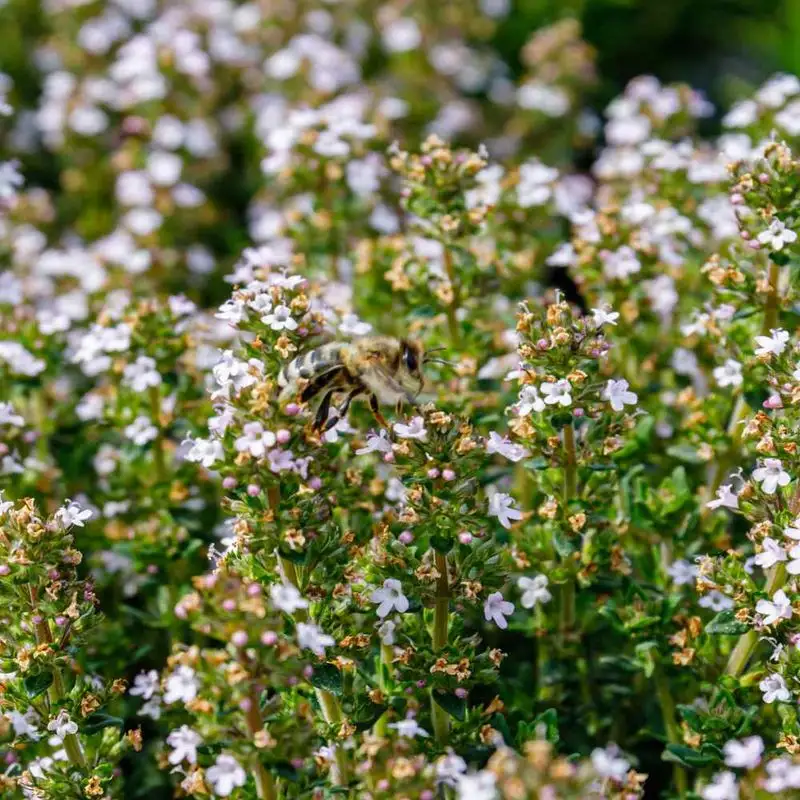
Thyme is a robust herb valued for its culinary uses and aromatic foliage. This perennial thrives in sunny, well-drained areas and requires minimal maintenance. Thyme’s small, purple flowers attract pollinators, adding ecological value to its culinary appeal. Regular harvesting encourages bushier growth and extends its life. Thyme is not only an essential kitchen herb but also a charming garden plant, often used in borders or rock gardens. Its versatility and hardiness make it a valuable addition to any garden.
Camellia
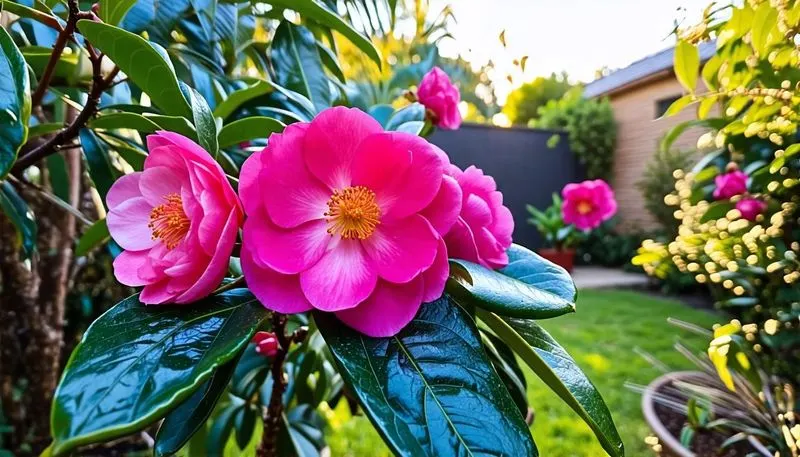
Camellias are cherished for their exquisite flowers and glossy evergreen leaves. These shrubs prefer acidic, well-drained soil and thrive in partially shaded areas. Regular watering and mulching help maintain their health and encourage blooming. Camellias offer a burst of color in late winter to spring, with blooms in various shades of pink, red, and white. Their elegant appearance and long blooming season make them a garden treasure. With proper care, camellias can become a family heirloom in botanical form.
Echinacea
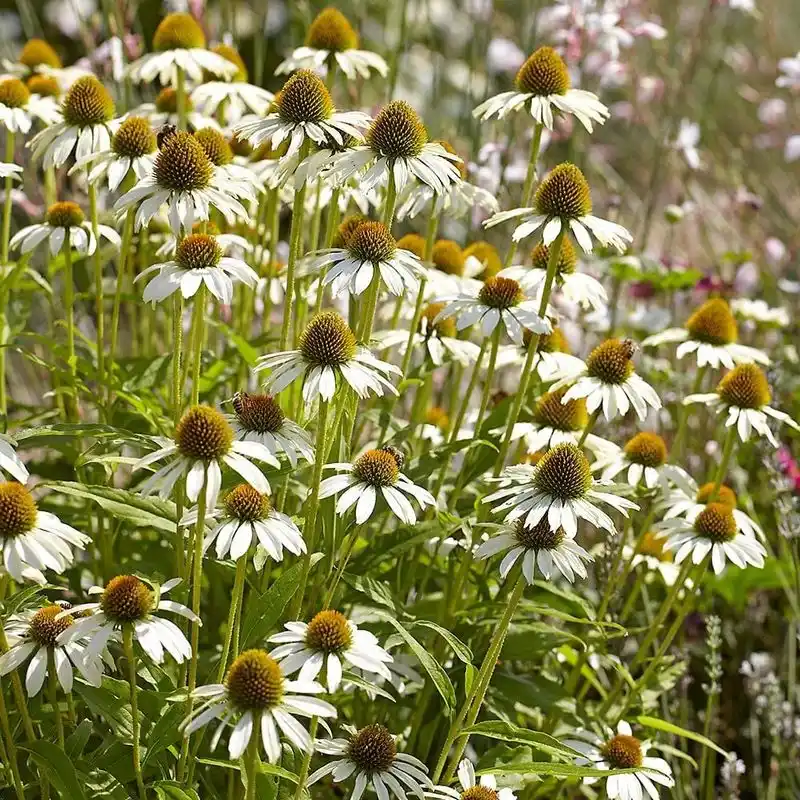
Echinacea, or coneflower, is a hardy perennial known for its daisy-like flowers and medicinal properties. Thriving in sunny locations with well-drained soil, echinacea attracts pollinators and adds vibrant color to gardens. It requires minimal care, making it ideal for low-maintenance landscapes. Deadheading extends its blooming season, providing visual interest throughout summer. Echinacea is not only beautiful but also beneficial, often used in herbal remedies. Its resilience and striking appearance make it a beloved choice for many gardeners.
Rhododendron
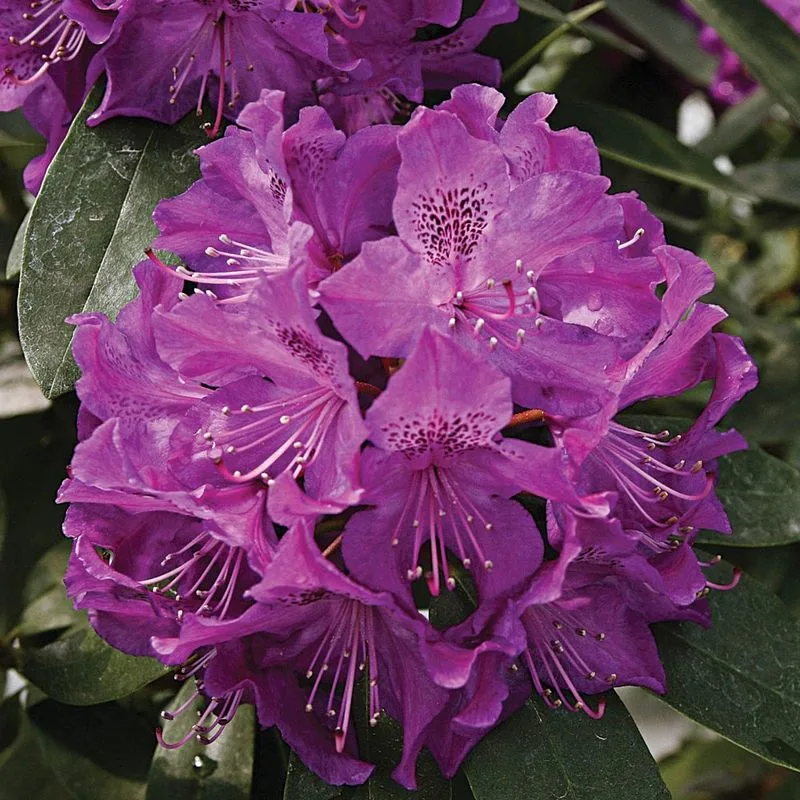
Rhododendrons are admired for their spectacular clusters of flowers and evergreen foliage. These shrubs prefer acidic, well-drained soil and thrive in partially shaded areas. Regular watering and mulching are key to their success. Rhododendrons bloom in spring, offering a breathtaking display of color. Pruning after flowering helps maintain their shape and encourages new growth. With a wide range of varieties, they can fit different garden styles. Their elegance and longevity make rhododendrons a cherished addition to any garden landscape.

